Russian Beverages: Basic Overview
Common Ingredients
Common Preparing Methods
Key Taste
Drinking Etiquette
Culinary Festivals
Influence and Fusion
Classifications of Russian Beverages
-
Alcoholic Beverages
Russian alcoholic beverages are diverse, ranging from clear, smooth spirits and flavorful beers to traditional wines and unique cocktails.
The spirits are known for their purity, often made from grains or potatoes, while the beers vary in color and taste.
The winemaking tradition in Russia utilizes local grape varieties to produce a range of styles, from semi-sweet to fortified.
-
Non-alcoholic Beverages
Russian non-alcoholic beverages offer a variety of flavors, from aromatic hot beverages to refreshing fruit-based drinks.
Hot teas and coffees are central, varying from robust and smoky to sweet and creamy.
Fermented beverages provide a unique taste, with options ranging from tangy to sweet, often made from natural ingredients like bread or fruits.
Fruit beverages utilize local berries and fruits, while carbonated soft drinks are often inspired by local herbs.
Russian beverages are as diverse and intriguing as the nation itself. These beverages hold a common thread with nearby Eastern European countries and former USSR states, and many trace their roots back centuries.
Russia might be best known for vodka and beer, but this barely scratches the surface. Russia’s non-alcoholic offerings are equally enticing, from delicious berry-based beverages to fermented beverages. They can be refreshingly tangy or delicately sweet. And Russians madly love tea!
Let me take you through the popular Russian alcoholic and non-alcoholic beverages, must-know facts about iconic beverage companies, the laws of drinking in Russia, and how these beverages harmonize with Russian entrees, desserts, and street foods. Let’s read on!
19 Popular Russian Beverages with Filters
Uncover the popular choices of Russian beverages by using the filter system to view them alphabetically or according to tastes, ingredients, cooking methods, dish types, and global popularity.
Later on, explore the styles of drinks available in Russia with options like the most popular, national, traditional, street beverages, and fusion drinks:
Vodka
- Alcoholic
- National
Vodka is a famous liquor vital to Russian identity. It traces its origins back to Poland and Russia. This liquor, mainly crafted from grains (like wheat) and water in Russia, is a common sight in its homeland. But it has also carved a niche for itself in Eastern, Central, and Northern Europe.
Famous for its smoothness and slightly sweet, lingering finish, Russian vodka is the spirit of choice at all types of gatherings, from births to weddings, even at funerals. It is odorless and colorless but can create a burning sensation suitable for the cold Russian weather.
Russian vodka, typically 40% alcohol, is known for being clear, odorless, and warming. Varieties include Hrenovuha with horseradish and Kizlyarka grape vodka.
Top brands include Beluga, Russian Standard, and Smirnoff. Gold Symphony features unique ingredients like honey and golden leaf, while Nastoika offers a flavored option with fruits, spices, or herbs.
Pivo
- Alcoholic
- Traditional
Pivo, the local Russian name for beer, is extremely popular in Russia, the world’s 4th largest beer market. Interestingly, the Russian love for beer has only skyrocketed since the 1990s.
Until 2011, beer was even considered a soft drink in the country. Russian beers are mainly lagers, classified by color into light, dark, and semi-dark/red. Although the craft beer scene is relatively new in Russia, it shows promising potential for growth.
Leading the market is Baltika No. 3, a medium-bodied pale lager with a dark gold hue, introduced in 1992. Nevskoe Imperial appeals with its European-style pilsner qualities, strong hop aroma, and bright finish.
Zhigulevskoye, dating back to 1881, offers a smooth, Heineken-like flavor at an affordable price. Stary Melnik, an American-style lager, is favored for its malty sweetness, especially during warm summer days.
Vino
- Alcoholic
- Traditional
Vino, or wine in Russian, is mainly semi-sweet and sweet, produced between the Black and Caspian Seas. Wine gained popularity in Russia centuries ago, initially enjoyed by the aristocracy and later by the masses, especially during the Soviet era.
Russian wine, with a history dating back to ancient Greece, is now internationally recognized. Key Russian wines include Kagor, a fortified dessert wine with rich flavors; Krasnostop, from indigenous grapes; and Magarach Ruby, a blend from Crimea.
Sovetskoye Shampanskoye, known as Soviet champagne, remains a favorite. Noteworthy wineries are Abrau Durso, known for sparkling wines, and Kuban-Vino, a major producer offering a variety of wines.
Chay
- Non-Alcoholic
- Traditional
Chay, or Russian tea, introduced in the 17th century, quickly evolved from a luxury for the elite to a beloved beverage.
Traditionally served from a samovar, it’s enhanced with sugar, lemon, honey, or jam, perfect for a cozy afternoon or complementing desserts. While black tea dominates, green tea is also gaining popularity.
Interestingly, “Russian Tea” in the Southern US is a distinct concoction of black tea, orange juice, and spices.
In Russia, notable teas include the Russian Caravan, a smoky blend of oolong and black teas reflecting its historical trade route journey, and Kalmyk tea from Southern Russia’s Kalmykia, a creamy blend of tea with butter, milk, salt, and nutmeg, offering a unique taste experience.
Kvass
- Non-Alcoholic
- National
- Street Beverages
- Traditional
Kvass is an internationally renowned fermented beverage hailing from Russia. You may find it under other names, such as Kvas or Quass. This beverage is produced from rye or dried rye bread, yeast, and a mix of fruits, honey, and water.
Locals often sip the resulting brew cold to enjoy its excellent balance between sweet, salty, and bitter tones. The flavor profile is similar to a light beer. With a low alcohol content (between 0.5% and 2.5%), it is suitable for children and is even considered non-alcoholic in Russia.
Beyond Russia, Kvass is also celebrated in Eastern, Central, and Northern Europe and parts of China. This versatile can be an essential ingredient in numerous Russian cold summer soups.
Samogon
- Alcoholic
- Traditional
Samogon (literally “self-distilled”) is Russia’s answer to moonshine, with a history likely tracing back to the 14th century.
The beauty of this distilled spirit lies in its diversity, as it can be crafted using various ingredients, like grains, potatoes, beets, or bread. Sugar, spices, or fruits are added for flavoring.
Samogon is also well-liked across Eastern Europe. With an alcohol content between 40% to 70%, this self-distilled drink certainly packs a punch. In Russia, particularly in rural and low-income areas, Samogon is as popular as vodka due to its affordability.
However, its inexpensive and unsupervised production can sometimes be unsafe. There’s a legal version named Kosogorov Samogon that ensures regulated quality.
Medovukha
- Alcoholic
- Traditional
Medovukha is an enchanting alcoholic beverage from Slavic countries and a local version of mead. It is famous for its sweet essence of honey and yeast, with the possible addition of berries, hops, herbs, and spices. Honey-flavored vodka can also be referred to as Medovukha.
This beverage takes less time to prepare than mead, thanks to techniques developed in the 14th century. Before that time, however, traditional methods involved fermenting honey for years or even decades.
Medovukha has an alcohol content that sits comfortably between beer and wine. Ancient Slavs turned to this beverage for their rituals and festivities, and you can still easily spot it in present-day Russia. Alcohol-free versions also exist.
Kompot
- Non-Alcoholic
- Traditional
Kompot is a non-alcoholic sweet beverage with roots in Europe, particularly adored in Russia and Eastern Europe. The magic of this beverage is in its simplicity: it’s created by cooking fruits in a large volume of water with sugar or raisins and some cinnamon.
Apples, apricots, peaches, raspberries, sour cherries, strawberries – you name it, and it could be the star ingredient in your next Kompot. The balanced flavor, between sweetness and sourness, makes Kompot a versatile delight. It can be served either hot or cold, depending on the season.
Kissel
- Non-Alcoholic
- Traditional
Kissel is both a reinvigorating beverage and a dessert from Russia. This thick, gel-like substance is crafted from a mix of fruit juice or puree (like cranberries, cherries, or redcurrants) combined with water, sugar, and either cornstarch or potato starch.
This concoction is then slowly cooked until Kissel achieves a characteristic thickness. The result is a beverage that skillfully marries sweet and sour flavors. Kissel means “sour,” after all. It can be served in a more liquid form or even used as a topping in desserts or breakfast foods like jam.
Its popularity extends beyond Russia, reaching corners of Central and Eastern Europe and Baltic states. Kissel plays a significant role in Russian Orthodox mourning rites, serving as a customary refreshment.
Mors
- Non-Alcoholic
- Street Beverages
- Traditional
Mors is a traditional Russian non-carbonated fruit beverage whose name translates to “water with honey.” The refreshing beverage consists mainly of berry juice, especially cranberries or lingonberries, water, and honey or sugar. Some recipes may add a twist of lemon juice.
Its preparation involves boiling the berries with the rest of the ingredients. Not just confined to Russia, this beverage has won the hearts of many in Slavic countries like Ukraine. Some variants include vodka, transforming it into an alcoholic drink.
Thanks to its rich vitamin content and invigorating taste, Mors is a versatile drink that fits perfectly into both summer and winter scenarios.
Sbiten
- Non-Alcoholic
- Street Beverages
- Traditional
Sbiten (or Vzvar) is a hot beverage that traces its roots back to Russia. Dating back to the 12th century, it combines water, honey, jam, and a medley of spices like cloves and cinnamon. In certain variations, red wine replaces water, giving the beverage an alcoholic twist.
Primarily known as a winter beverage, hot and spicy Sbiten evokes warmth during the coldest months. It often stands in for mulled wine in Russian homes. Despite being supplanted by tea and coffee in the 19th century, Sbiten has seen a resurgence since the 1990s.
Sbiten is also a sought-after beverage in countries like Ukraine and Belarus. It’s the quintessential East Slavic winter beverage that seamlessly blends tradition with tantalizing flavors.
Ryazhenka
- Non-Alcoholic
- Traditional
Ryazhenka (or Ryazhanka) is a traditional fermented milk beverage in Russia. People in Belarus also relish this beverage. It has a thick consistency and a yellowish color that speaks of its signature burnt caramel flavor.
The preparation process involves simmering fresh milk for several hours and then allowing it to ferment with the help of sour cream or kefir grains.
A close cousin to Ryazhenka is Varenets, another Russian milk beverage. The two names are often used interchangeably due to their similar production methods: adding sour cream to cooked milk.
Baikal
- Non-Alcoholic
- Fusion
Baikal is a refreshing carbonated drink from Russia that was launched in 1969. Initially designed as a Soviet counterpart to Coca-Cola, this dark brown, aromatic beverage is still produced by the Russian soft drinks company Chernogolovka.
Its distinct flavor profile comes from an infusion of black tea and a selection of herbs. The name “Baikal” was inspired by Lake Baikal, paying tribute to one of Russia’s most iconic natural landmarks.
Tarkhuna
- Non-Alcoholic
- Exotic
- Fusion
Tarkhuna, also known as Tarhun, is a Georgian carbonated soft drink created in 1887. Its bright green color and flavors of tarragon or woodruff make it an icon in the beverage landscape. It’s a sweet, fragrant, and herbal delight, carrying unexpected notes of black licorice.
In the mid-20th century, Tarkhuna made its mark in the Soviet Union and continues to be a favorite in many post-Soviet countries, including Russia.
Raf Coffee
- Non-Alcoholic
- Fusion
Raf coffee is a sweet, silky, and creamy coffee blend from Russia. It’s a symphony of espresso, vanilla sugar, and cream foamed together to create a rich, smooth beverage served in a cappuccino or latte cup.
Born out of a Moscow coffeehouse called Coffee Bean in the late 1990s, the beverage is named after a customer who created it. Its mild coffee flavor profile leans more towards a hot vanilla ice cream, making it a favorite of those with a sweet tooth.
Some adventurous variants even add ingredients like brandy, honey, caramel, or chocolate. While Raf coffee enjoys widespread fame in several post-Soviet countries like Ukraine, Belarus, and Kazakhstan, not many people know about it in the rest of the world.
Raf coffee is an odd case in Russia, a country more in love with tea (and vodka) than coffee. Though brought to the country since the era of Peter the Great, coffee is still not as popular as other non-alcoholic beverages.
Many Russians like to drink instant coffee more than other varieties. But beverages like Raf coffee hint at a changing palate.
Yorsh
- Alcoholic
- Traditional
Yorsh is a distinctly Russian cocktail that breaks the typical Russian rule of enjoying vodka neat. It’s a blend of beer and vodka, a concoction that is traditionally in one go.
Russians never mix their vodka with other beverages, whether soft drinks or energy drinks. But they make an exception with Yorsh, also known as Mora Grogg.
The preparation involves adding a dash of vodka to a generous amount of beer, resulting in a potent mix. Yorsh is popular at special gatherings, especially when making a toast.
Krasnaya Polyana Balsam
- Alcoholic
- Traditional
Krasnaya Polyana Balsam is a Russian liqueur that blends together liquor, honey, fruits, fruit juices, and a medley of herbs and infusions. Launched in 2003, it quickly became a go-to type of balsam (herbal liqueur).
This liqueur boasts an ABV of 45%. It is traditionally served in a mug and is among the popular souvenirs tourists take home from Russia.
Jaguar
- Alcoholic
- Exotic
Jaguar is a Russian alcoholic energy beverage that has managed to win hearts in numerous post-Soviet countries.
As a carbonated cocktail that’s ready to drink, it serves up a zesty, citrusy flavor with an alcohol content of 7.2% to 9%. But alcohol-free variants of Jaguar are also available.
Tarasun
- Alcoholic
- National
- Traditional
Tarasun, or Arhi, is a fermented milk beverage rooted in the traditions of the Buryat people living in Siberia’s Republic of Buryatia, Russia. Cherished as Buryatia’s national beverage, this unique beverage has a distinctive white color due to its core ingredient: milk, ideally derived from a mare.
Tarasun has an impressive alcohol content of around 11%, earning it the nickname “milk whisky.” It holds a special place in the heart of Buryat culture and is often incorporated into religious ceremonies.
What Are The Characteristics Of Russian Beverages?
Below are 6 main characteristics of Russian beverages:
What Are Some Renowned Russian Beverage Companies?
Russia’s beverage industry is rich and varied, characterized by companies with deep-rooted histories:
What Do You Need To Know About Russian Drinking Laws?
Below are 5 key points about Russian drinking laws:
Which Russian Beverages Pair Best With Dishes?
To enhance your dining experience, consider these dish types and their ideal Russian beverage pairings:
By selecting the appropriate beverages to accompany tasty dishes of Russia, you can create a harmonious dining experience that celebrates the rich culinary heritage of Russia.
Now that you’re acquainted with the delightful world of Russian beverages and their pairings, why not share this discovery with fellow enthusiasts? I’d love to hear your thoughts and experiences in the comments below.



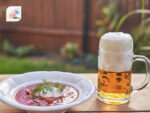
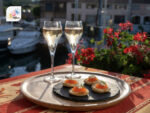


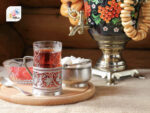
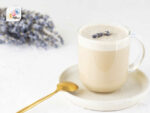



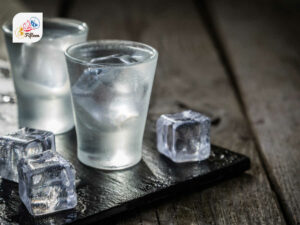
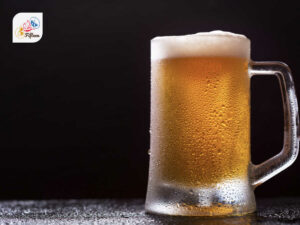
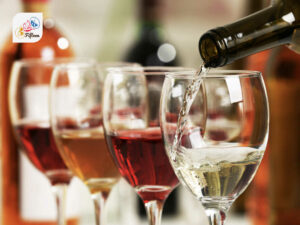
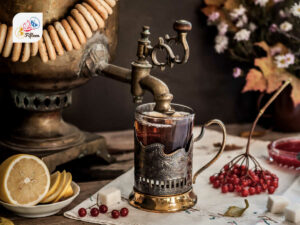
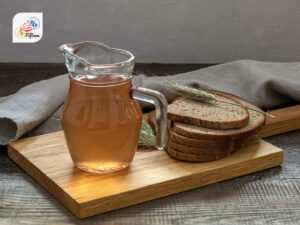
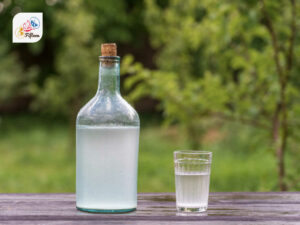
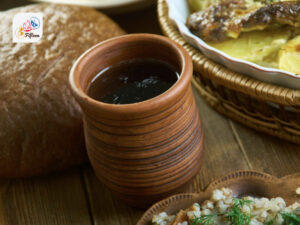
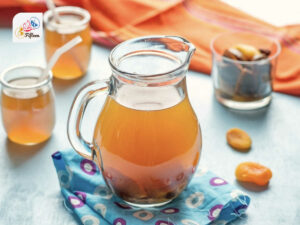
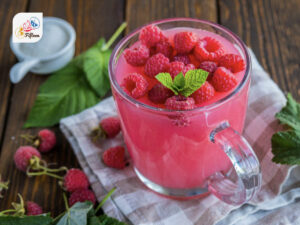
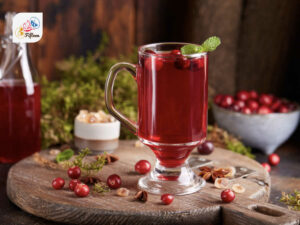
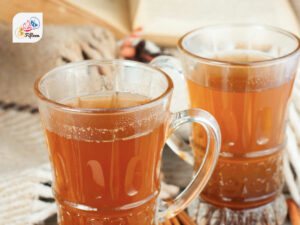
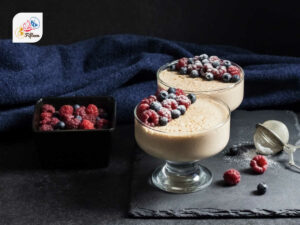
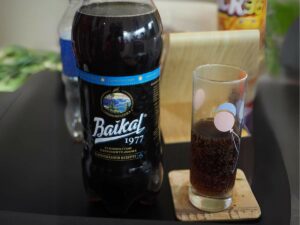
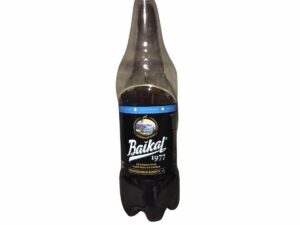
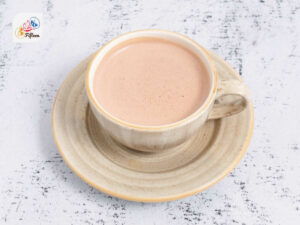
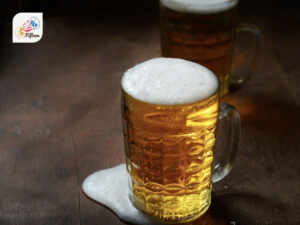
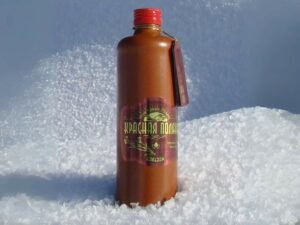

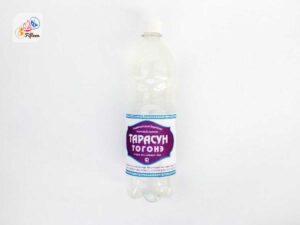
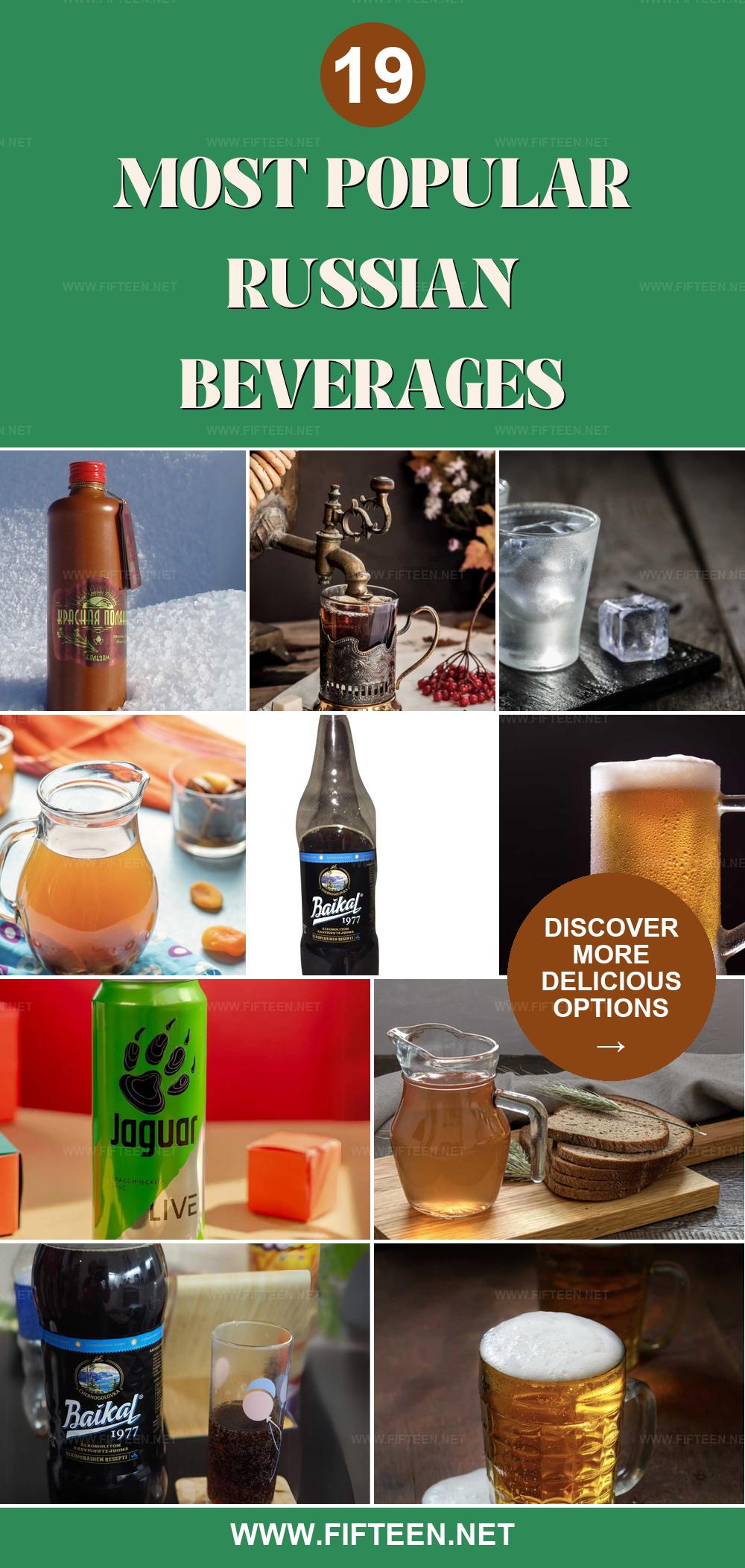
Jamie Scott
Editor in Chief, Senior Content Writer
Expertise
Home Cooking, Meal Planning, Recipe Development, Baking and Pastry, Food Editor, Cooking-video Maker, Western Food Evaluation Expert
Education
Le Cordon Bleu College of Culinary Arts
Local Community College, New York, NY
Jamie Scott is a skilled culinary expert and content creator specializing in Western cuisine. With over 15 years in the culinary field and formal training from Le Cordon Bleu, Paris, Jamie deeply understands how to blend nutrition with delicious flavors. His passion for cooking matches his commitment to making healthy eating accessible and enjoyable.
On Fifteen.net, Jamie brings a fresh perspective to classic dishes and beverages, offering readers insightful recipes, cooking tips, and a fresh view on meal planning that emphasizes taste, health, and simplicity.